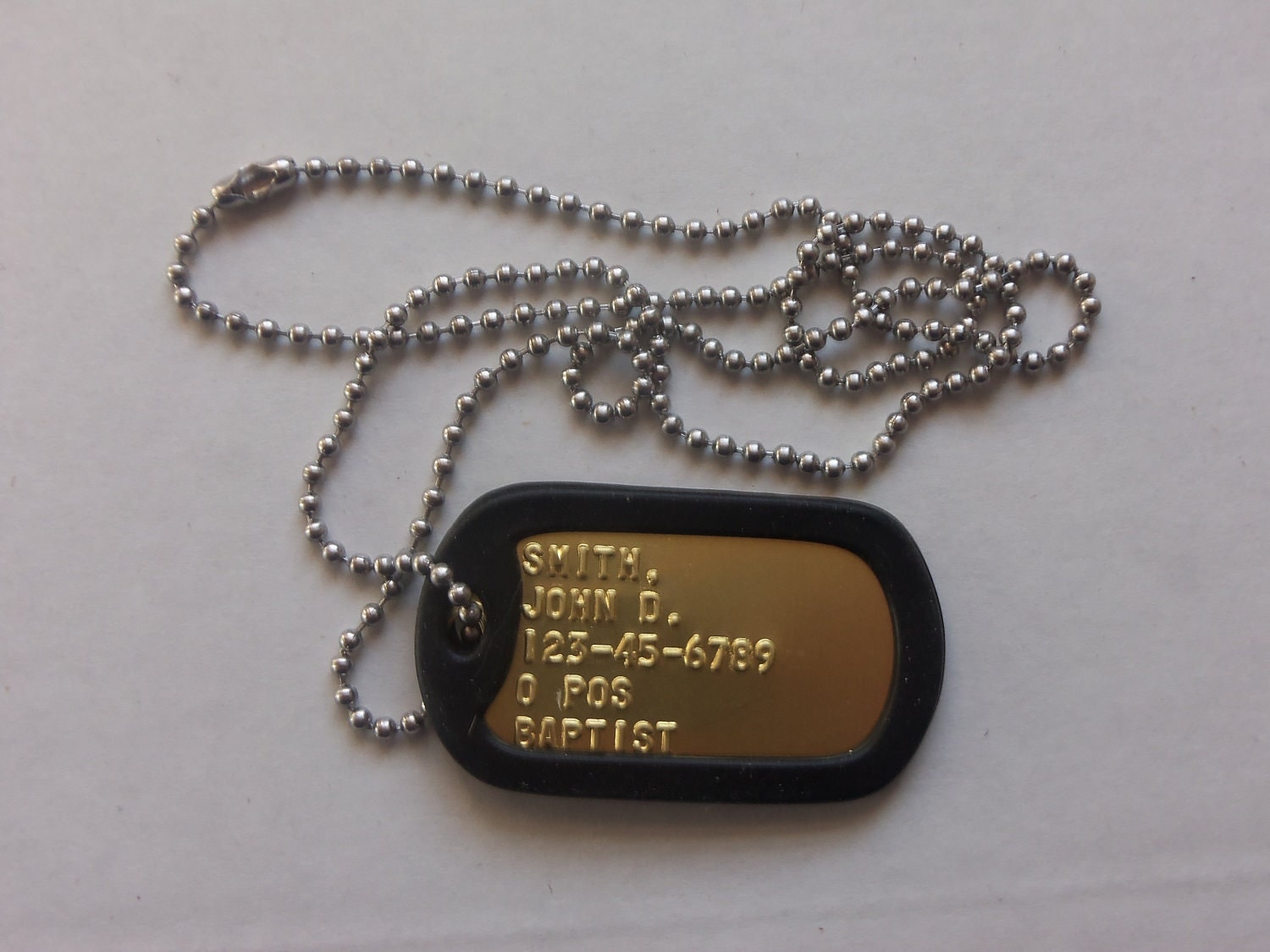

The Evolution of British Military Dog Tags The tags were worn on a chain around the soldier's neck and could be easily removed for identification purposes. These tags were made of aluminum and included more detailed information about the soldier, such as their religion, blood type, and next of kin. Modern dog tags as we know them today were first introduced during World War I. They included basic information such as the soldier's name, regiment, and service number. These tags were tied to the soldiers' clothing using a piece of string. In response to this problem, identification tags made of cardboard were issued to soldiers during the Boer War. This practice, however, was not very effective, as the paper could easily become lost or destroyed. Soldiers would write their names and regimental numbers on paper and attach them to their clothing. The need for identification during military conflict became apparent during the Boer War in the late 19th century. The Early Days: The Emergence of Identification Tags in British Military In this blog post, we will delve into the history of military dog tags in British, exploring their evolution and significance in modern warfare. Their history is a fascinating one, filled with technological advancements and changes in military strategy. Military dog tags have been an integral part of military identification and treatment for wounded soldiers in British military service for over a century.


 0 kommentar(er)
0 kommentar(er)
